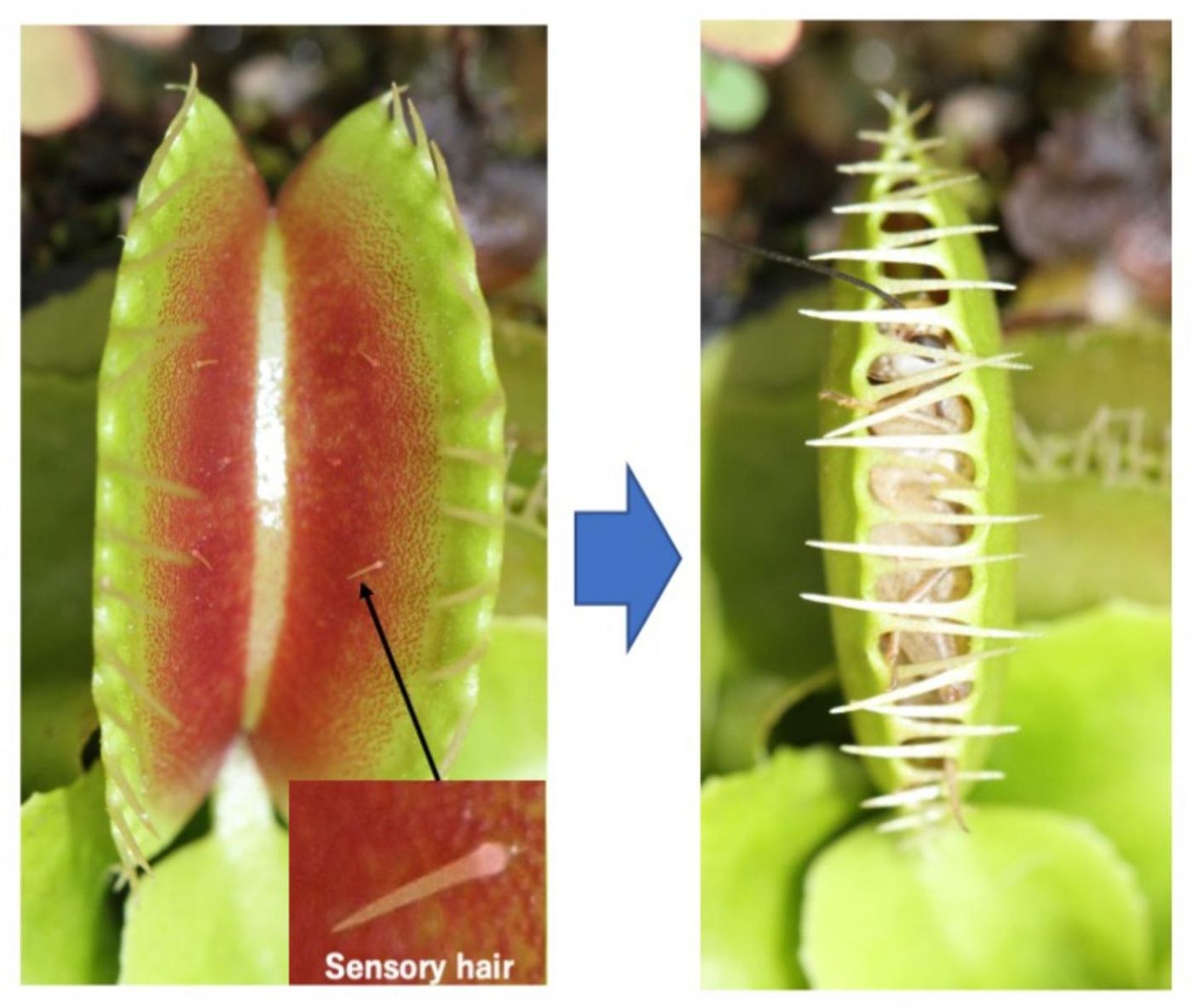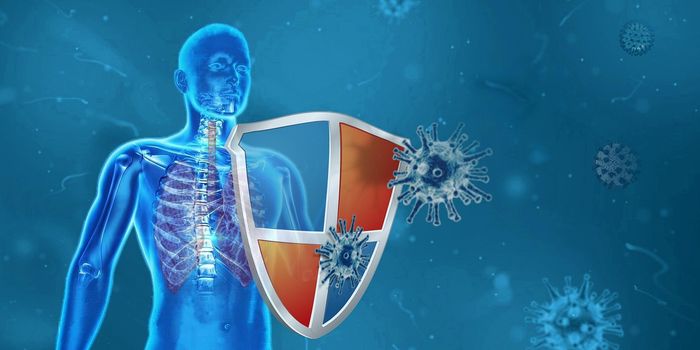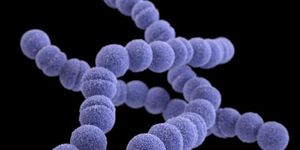How a Carnivorous Plant Creates a 'Memory'
The Venus flytrap (Dionaea muscipula) is a famous carnivorous plant that can capture and consume spiders, ants, beetles ,and grasshoppers. Each leaf of the plant has six hairs that can sense when prey lands on it. While a single contact is not sufficient, a second touch within thirty seconds of the first will trigger the plant’s trap to snap shut. In order for this system to work, the plant has to ‘remember’ the initial contact. So how does it do that when it doesn’t have nerves or a brain?
Scientists have previously suggested that changes in calcium ion levels may be involved in the Venus flytrap’s memory. When first postulated by Dr. Dieter Hodick and Dr. Andreas Sievers from the Botanical Institute at the University of Bonn in 1988, there was no technology that could address their hypothesis without destroying the plant.
Now researchers have the tools to investigate this idea. Reporting in Nature Plants, scientists were able to visualize the levels of calcium in plant cells, and they observed the mechanism of short-term memory.
They did so by engineering a Venus flytrap that carried a gene called GCaMP6; GCaMPs can sense calcium levels in cells, and their green glow illuminates the calcium that's present. The scientists could stimulate the leaves of the plant with a needle, and then measure how the amount of calcium changed. The first touch raised the level of calcium in the leaf blade cells. The second touch raised the intracellular levels of calcium even higher, suggesting that the trap closes after a certain calcium concentration is reached.
"I tried so many experiments over two and a half years but all failed. The Venus flytrap was such an attractive system that I did not give up. I finally noticed that foreign DNA integrated with high efficiency into the Venus flytrap grown in the dark. It was a small but indispensable clue," said the first author of the study and graduate candidate Mr. Hiraku Suda
The researchers also found that as more time passed after the initial touch, the calcium levels began to drop. If there were more than about 30 seconds in between the first and second stimuli, the trap failed to close because the calcium concentration in the cells was not high enough.
"This is the first step towards revealing the evolution of plant movement and carnivory, as well as the underlying mechanisms. Many plants and animals have interesting but unexplored biological peculiarities. The Center for the Development of New Model Organisms at NIBB is gathering the technical know-how to study such marvelous organisms" said the research team leader, Professor and Vice-Director General Mitsuyasu Hasebe from NIBB (National Institute for Basic Biology).
Sources: AAAS/Eurekalert! via National Institutes of the Natural Science, Nature Plants









